Morton's neuroma treatment
A reactive thickening of the nerve located on the sole between the third and fourth toes is called Morton's neuroma. Sometimes you'll encounter terms like "neurinoma" or "foot neuroma"—these are all names for the same condition.
Surgeon Thomas George Morton created a comprehensive description of the condition, leading to its name being given to the condition. If left untreated, severe pain can lead to permanent loss of mobility.

specialists

equipment

treatment
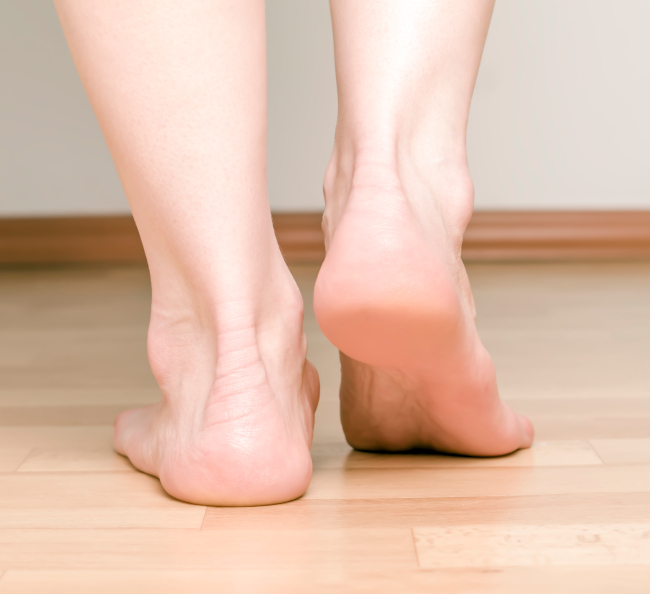
Symptoms of Morton's neuroma
Most often, discomfort occurs in the forefoot, particularly between the third and fourth toes. This pain resembles a burning or tingling sensation, sometimes even feeling like an electric current running along the toes. Some patients compare their condition to the sensation of a foreign body inside their shoe, interfering with walking.
At first, these painful attacks are caused solely by uncomfortable shoes, with removing them bringing almost immediate relief. However, over time, the pattern changes: the pain first disappears, then returns, gradually becoming less dependent on external factors such as footwear choice.
As the condition progresses, the pain becomes constant, occurring almost constantly regardless of footwear type. Even walking barefoot no longer completely alleviates the discomfort, but only slightly reduces its intensity. A feeling of numbness develops in the tips of the toes.
For many patients, the progressive progression of Morton's neuroma forces them to seek medical attention only in the later stages, when traditional treatments become ineffective.
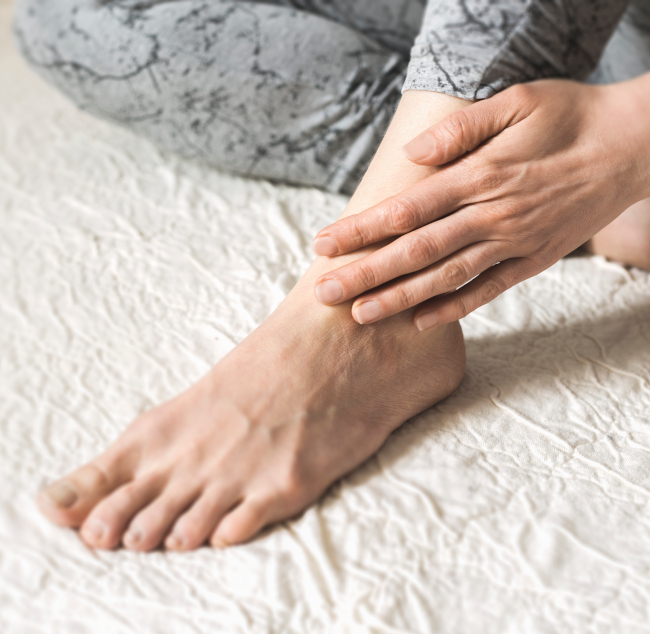
Causes and risk factors
The development of problems with the nervous system of the feet, including such a common pathology as Morton's neuroma, is often due to heredity. In addition to genetics, internal and external factors play a significant role.
Internal factors include the following situations:
- The appearance of fatty deposits (lipomas) directly where the bones of the forefoot are located
- Problems with the joints of the legs, spine, arthritis, and osteochondrosis
- Tissue inflammation caused by infections or improper functioning of the body's immune system, such as inflammation of the tendons or joint bags
- Impaired blood supply to the lower extremities due to vascular atherosclerosis
As for external factors contributing to the development of neuromas, among them are:
- Frequent use of uncomfortable shoes with a pointed toe and high heels
- Excess weight, which creates additional stress on the legs
- Disorders Foot placement, such as a habit of walking with the foot turned inward.
- Previous fractures, severe blows, or sprains to the foot.
- Excessive strain on the lower extremities due to occupation or lifestyle.
Those whose jobs involve standing for long periods of time, such as hairdressers, surgeons, and retail assistants, are particularly at risk of developing this problem. People who are forced to squat for long periods of time, such as gardeners or construction workers, are also at increased risk.
People with foot abnormalities such as flat feet, bunions, high arches, or any other anatomical defects are also susceptible.

Pathogenesis and classification
With every step we take, the primary load is distributed across two key areas of the foot: the balls of the feet and the heel. Improper distribution of this load plays a key role in the development of Morton's neuroma. When we wear shoes with narrow toes and high heels, the heel is relieved, but pressure on the forefoot increases sharply.
In women, the muscles responsible for flexion are weaker, so the toes are more straightened, pressing against each other more strongly, and compressing the nerves where the intermetatarsal ligaments pass. This situation is exacerbated by transverse flatfoot, when the width of the forefoot increases, increasing tissue compression.
In addition to mechanical compression, impaired blood flow to the affected area plays a significant role. Insufficient blood supply leads to oxygen starvation and the accumulation of metabolic waste products, which triggers inflammation and the formation of hardened areas around the nerve.
Thus, the combination of increased pressure and poor nutrition leads to the gradual formation of hardened areas and inflammation around the damaged nerve. This pathological process is called compression-ischemic neuropathy. As a result, the nerve tissue literally fuses with nearby structures—skin, muscles, and bones.
The International Classification of Diseases (ICD-10) defines this diagnosis as plantar nerve damage, coded G57.6. Regarding the types of disease, it can be intermetatarsal, medial, or lateral. These designations indicate the location of the pathology. It usually affects one leg; bilateral damage is much less common.
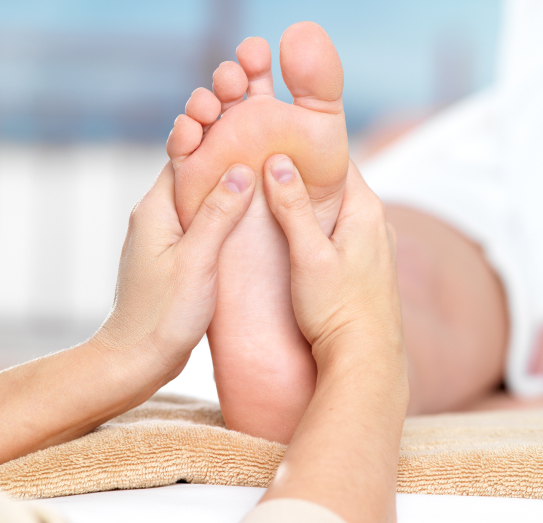
Diagnosing Morton's Neuroma
People suffering from Morton's neuroma typically consult with doctors of several specialties: neurologists, orthopedic traumatologists, or podiatrists. An accurate diagnosis is based primarily on an examination of the patient's symptoms.
One typical manifestation is a positive front-to-back foot squeeze test: when pressing at a certain point, the patient feels a sharp, increasing pain radiating to the toes associated with the affected nerve.
To confirm the diagnosis, additional tests are performed. A foot X-ray reveals signs of flatfoot, but the neuroma nodule itself cannot be seen this way. The same applies to computed tomography (CT) scanning—both methods are unable to reveal the structure of the tumor itself.
Instrumental diagnostics are also important because they help distinguish Morton's neuroma from similar conditions: injuries, benign tumors such as chondromas or osteomas, subcutaneous fat deposits (lipomas), and inflammatory diseases of the joints of the foot, such as arthritis and osteoarthritis.
Collecting anamnesis
During the initial consultation, the doctor conducts a detailed interview with the patient, asking important clarifying questions. For example, they determine whether the patient has had any previous foot injuries or surgeries.
In addition, the doctor must determine whether the patient has confirmed diabetes mellitus, which contributes to the development of arthropathy, which often causes pain.
Examination
During the examination, the medical specialist carefully examines the patient's feet both in an upright position and during movement. Of particular importance is the identification of areas of thickened stratum corneum in the transverse arch of the feet, indicating increased stress on this area.
In addition to a visual examination, tactile sensitivity of the skin is tested. The doctor also evaluates possible signs of inflammation and swelling of the soft tissues on the top of the foot. One typical sign is the formation of a lump ("pseudoneuroma") in the space between the metatarsal bones, which can be detected by palpation with a finger.
Another indicative sign is tenderness upon light tapping with a medical mallet directly above the third and fourth metatarsal bones, confirming a positive Tinnell's sign.
Instrumental Diagnostics
To accurately diagnose Morton's neuroma, two main diagnostic methods are used: X-ray examination (X-ray) and ultrasound diagnostics (ultrasound) of the foot.
X-rays can show abnormalities such as flattening of the foot and identify shape deformities. It is important to rule out situations where the pain is related to spinal problems, such as a herniated disc, which causes pain radiating to the leg.
The most common method for detecting pathology is an ultrasound examination, which allows for a detailed examination of the soft tissues and joints of the foot from the top and bottom. The specialist identifies areas of spindle-shaped nerve thickening, most often located between the third and fourth metatarsal bones, and sometimes between the second and third.
Morton's neuroma treatment
Conservative treatment methods
In the early stages of the disease, the following methods are used:
- Orthopedic devices
- Medication therapy
- Physiotherapy
- Lifestyle changes
These measures are effective in the early stages of the disease and can provide long-term symptom relief. However, it is important to understand that if there is no improvement after several months of therapy, the doctor may recommend surgical intervention.
Surgical treatment
If conservative treatments are ineffective, surgery is performed. Morton's neuroma removal involves removing a section of the nerve or freeing it from surrounding tissue. There are several types of surgeries:
- Nerve resection (neurectomy). This involves removing a fragment of the damaged nerve, eliminating the source of pain and restoring normal foot mobility.
- Nerve decompression. This involves freeing the nerve from pressure from surrounding tissue by dissecting the connective tissue sheath or removing inflamed areas.
- Arthrodesis of the metatarsal joints. This is used in severe cases where stabilization of the metatarsophalangeal joint is necessary to prevent further nerve irritation.
Treatment is performed on an outpatient basis or in a hospital setting under local anesthesia. After neuroma excision, there is a short recovery period.
FAQ
Why do some people call Morton's neuroma "stiletto heel disease"?
Because it often develops in people who wear high heels with a narrow toe box. These shoes put increased pressure on the forefoot, causing irritation and nerve damage.
Can Morton's neuroma be caused by stress?
There's no direct link between negative experiences and neuromas, but chronic stress can increase pain perception, make the body vulnerable, and lead to an exacerbation of any chronic illness, including leg problems.
My friend says she massages her feet and the pain goes away. Is it worth trying?
Massage can temporarily relieve pain by improving circulation and relaxing muscles. However, it can't treat the underlying cause—nerve damage. Consult a doctor to determine the true nature of the pain and determine the appropriate treatment.

This award is given to clinics with the highest ratings according to user ratings, a large number of requests from this site, and in the absence of critical violations.

This award is given to clinics with the highest ratings according to user ratings. It means that the place is known, loved, and definitely worth visiting.

The ProDoctors portal collected 500 thousand reviews, compiled a rating of doctors based on them and awarded the best. We are proud that our doctors are among those awarded.
Make an appointment at a convenient time on the nearest date
Price
Other services







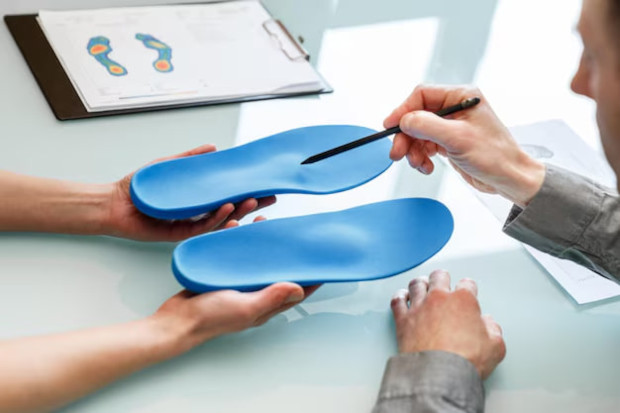

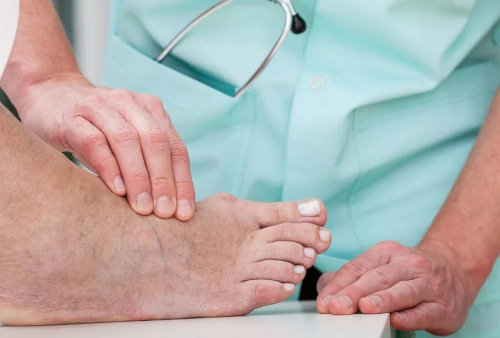
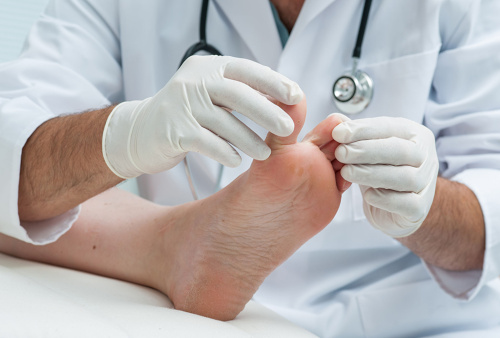















































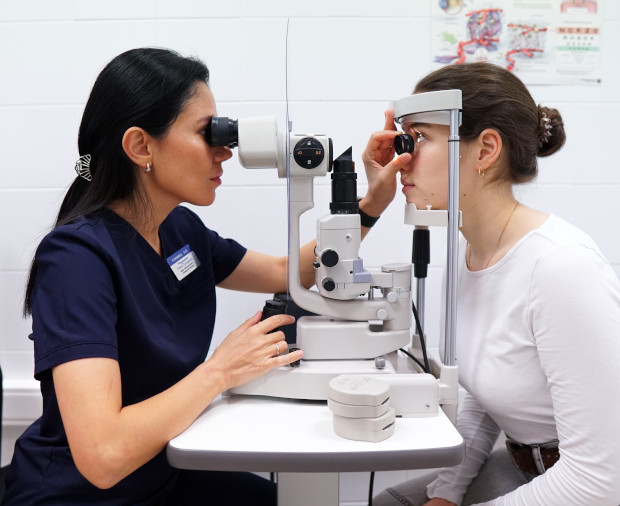




General description of Morton's neuroma
The condition occurs due to damage to one of the plantar nerve trunks in the area of the metatarsal heads, where the nerve can become pinched by the transverse ligaments. The third interdigital space is most commonly affected, while the second, first, and fourth interdigital spaces are less common. Women are more often affected than men.
This condition was originally called Morton's neuroma, but this term implies a tumor, whereas it refers only to a localized thickening of the nerve. Therefore, doctors prefer to call the condition metatarsalgia. This term refers to pain in the area of the metatarsal heads. Other terms used to describe Morton's neuroma include perineural fibrosis, intermetatarsal neuralgia, or plantar neuralgia.